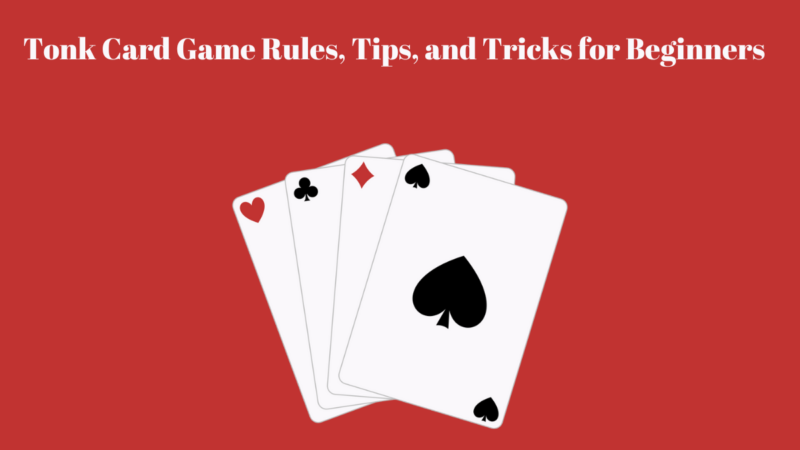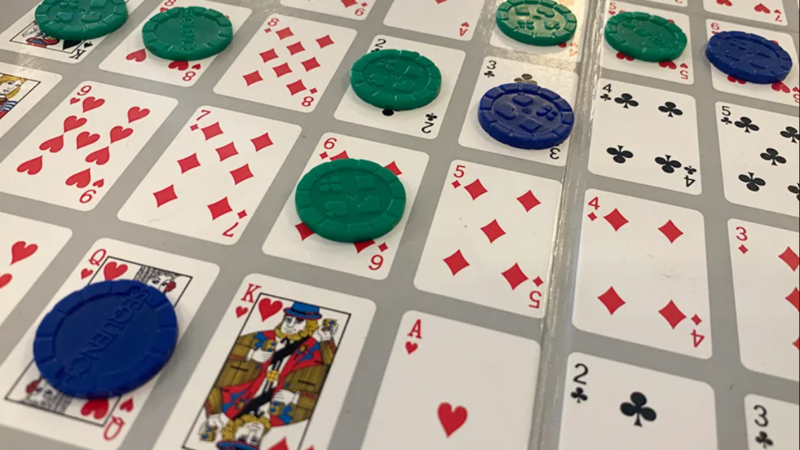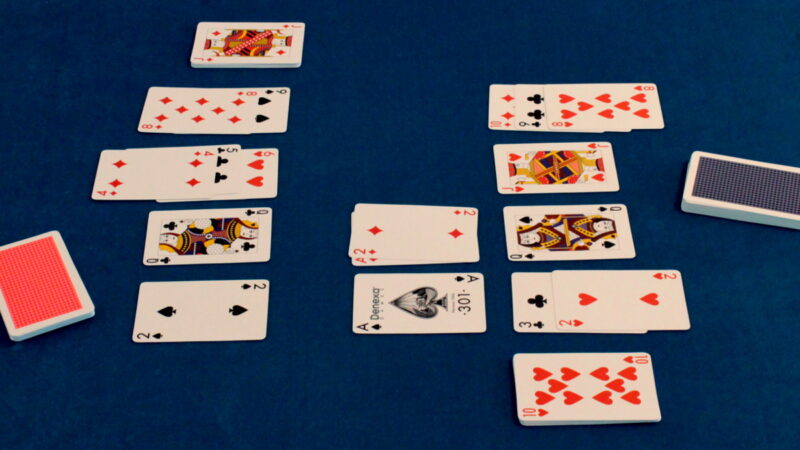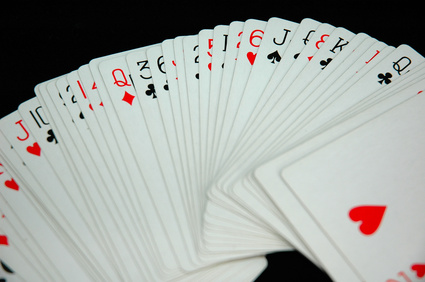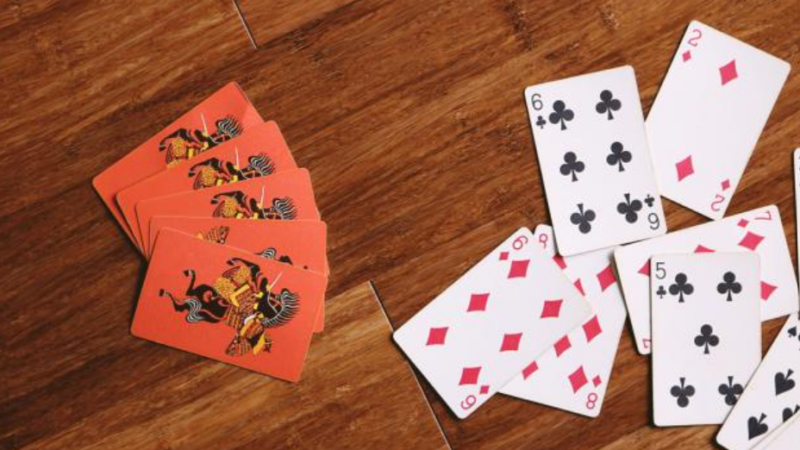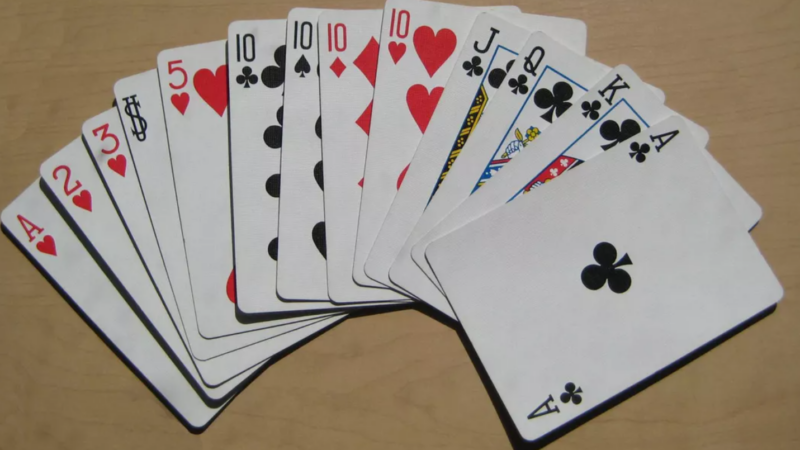How To Play Phase 10? Tips and Rules For The Beginners
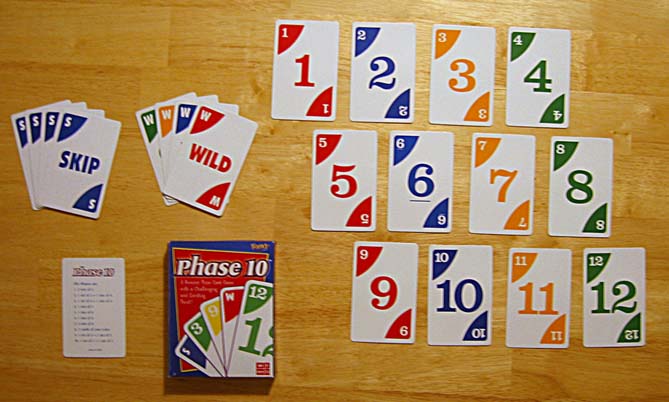
Do you know how to play phase 10? No right! Well, phase 10 is a card game by UNO makers, and it is similar to the famous tummy card game. However, players have to complete phases or goals to win this game rather than going for points. The first player to complete all 10 phases is the winner.
It is a card game of two to six players, and the goal of this game is to complete all ten phases, per round at a time. The goal is to have the lowest score at the end of this card game. Remember, if you do not complete the phase in the round, then you must repeat the phase in the next round.
The 10 Phases Of The Game
The phase has one or more goals, including collecting a certain number of cards in a run, a color, or set. Once the player completes a phase within the hand, also they can try for the next phase in their next hand. Also, the players can only gain the phase within the hand.
- The set is of two or more cards of the same color or even if the cards have the same number.
- The run is a sequence of numbered cards that are in order like 2, 3, 4 or 5, 6, 7.
- Color is two or more cards in the same color group, like all the red cards or all yellow cards. The particular number can be played various times so long as it is within the same color, so the 2 yellow seven-cards count as two yellow cards.
The phase of this game must be completed in order. If the player does not achieve the phase in hand, the player must repeat that phase in the phase in the next hand.
The 10 phases are:
01 Two sets of Three
02 One set of Three and One run of Four
03 One set of Four and One run of Four
04 One run of Seven
05 One run of Eight
06 One run of Nine
07 Two sets of Four
08 Seven cards of the same color
09 One set of Five and One set of Two
10 One set of Five and One set of Three
How to Set up The Game of Phase 10
The first task is to choose who will begin as a dealer. Though there are no proper rules for managing a dealer, common house rules include drawing cards with a high card player that becomes a dealer or letting the young player at the table have their first turn.
The dealer deals the 10 cards face down for every player. Once all the players have the 10 cards, then the dealer places one card face up. One the card is face-up, then that becomes a discard pile. At the same time, the rest of the card was laid down for the next discard pile. These cards are the draw pile.
How To Play Phase 10
- The game starts with a player to the left of the dealer, and it continues clockwise until the player discards the last card.
- The player might pick either (1) select the first card on the discard collection or (2) draw the card from a draw pile.
- The player who has collected all the cards needed to complete an entire phase might lay down the phase on another player’s turn. The whole phase must be played at once. If the player is in the 1st phase, then they must play two sets of three cards at once. But, the player cannot lay down the partial phase.
- When the player puts down their phase, they might also play on the phase. The player cannot play on the phase laid down by a different player on the same turn.
- Playing the phase means that playing the card, which is adequate for that phase. In the set of cards, it means playing the card of the same number as the set. For a series of ordered numbers means playing the card that value is either one of the lowest numbers in the series or one higher than the highest number card. The phase can also be played on the colored set as long as it has the same color.
- After the player puts down the phase, then they can only play phases completed by the other players in the following turns.
- The person must always end the turn by putting the card from their hand face-up on top of a discard pile. If it is the last card in the player’s hand, then the round is over.
Special Cards
- The Wild Card
In the standard phase 10 rules, a wild card can be played as any type of card to help complete the phase. But, at least one non-wildcard has to be played in the phase. Also, multiple wildcards can be played on one phase as long as there is a non-wildcard. Moreover, this card can also be played on the existing phase, and it can be anything; it is normally simple to remove them this way.
- The Skip Card
When the skip card is canceled, the next player skips the turn, and play continues to the next person. This card does not need to be played immediately and can be held for a more necessary time. If the skip card is the first card dealt face up in the discard pile, the person who would have had the first turn skipped and the next player plays the turn.
After The Round
When the player discards the last card when the round ends, if no person has completed phase 10, the round is scored, and the cards are shuffled and dealt with starting the new game.
The winner of the round scores zero points, and every other player gets a score based on the cards which are left in their hand. The card numbered 1-9 counts for five points, cards numbered ten to twelve counts for ten points, a skip card counts for fifteen, and the wild card counts for 25 points.
All the players who have completed the phase in the round then the player moves to the next phase. However, the player who did not achieve the game must repeat that game in the new round.
Winning Phase 10
The player wins when they complete this game, and the player runs out of them by dropping the last card in hand. If the player does not win immediately upon achieving this game, then the player might play as usual until the round is complete.
If the two or more players achieve this game and have the same score, then the tie-breaker phase is played. A tie-breaker round uses this game’s goal of one set of five and one set of three. The first player to lay down the phase immediately wins the tie-breaker.
Final Words
So now you have got the overall idea on how to play phase 10. Phase 10 is a card game for two to six players. It is an easy and fun game to play with family and friends. If you find this information useful, drop a comment below this section.

